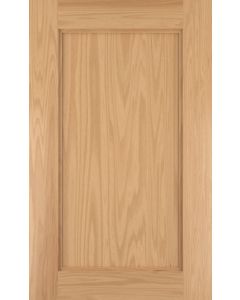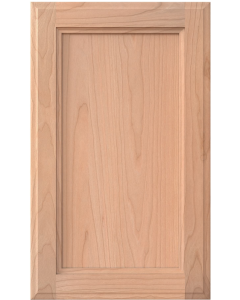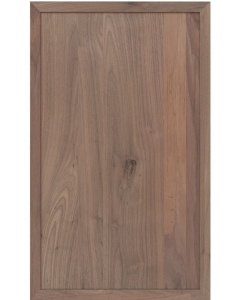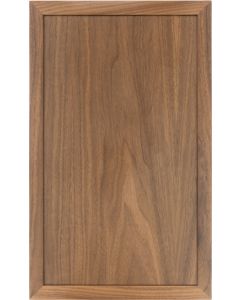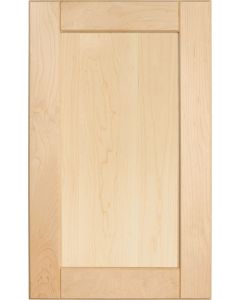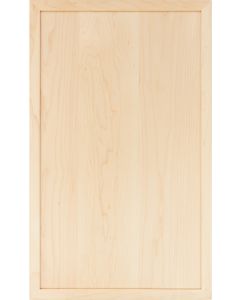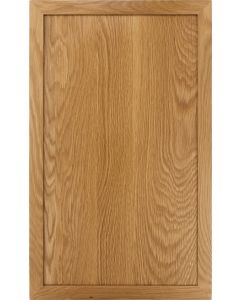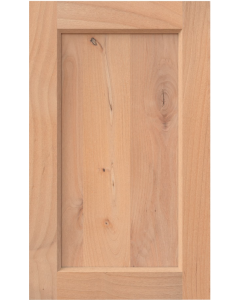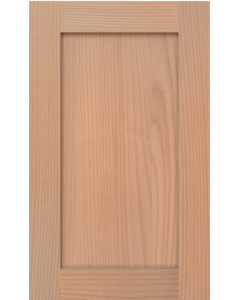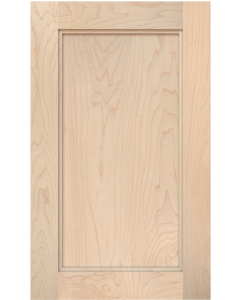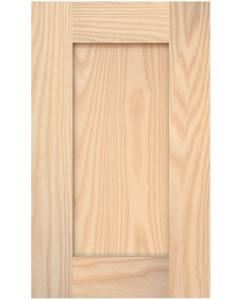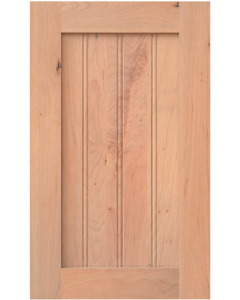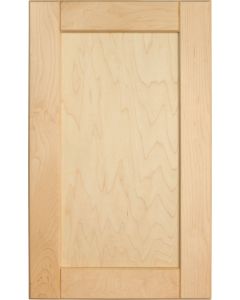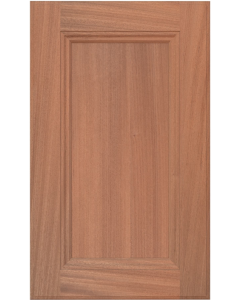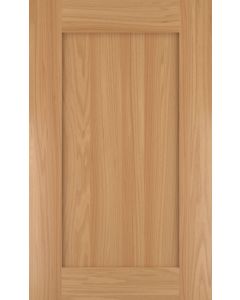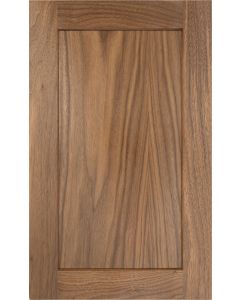Inset Panel Cabinet Doors
Why Choose Inset Cabinet Doors?
Inset cabinet doors offer a clean, tailored look with doors that sit flush within the cabinet frame. This style is favored by homeowners and designers who value craftsmanship and a high-end finish. While inset panel cabinet doors often involve higher costs due to the precision required, their timeless appeal and durability make them a popular choice for custom and luxury kitchen cabinets.
When compared to overlay cabinet doors, inset cabinetry creates a more built-in appearance. However, it may offer slightly less interior space and requires exact installation to avoid misalignment. Understanding these pros and cons can help you choose the right fit for your kitchen style and budget.
Shop our selection of high-quality, unfinished, inset panel cabinet doors. Each door is handcrafted and available in a variety of wood species, leading to a consistently unique product. Choose from a variety of styles including the popular Shaker style, Adobe, Studio, and more. Replacing a door, but not sure what style you have? Send us a picture and we’ll find it for you! All doors are sold as unfinished wood, pre-sanded, and ready to be painted or stained upon arrival.
Inset Cabinet Door Hinges & Hardware
Inset cabinet doors require precise hinge types for proper operation. Because the door sits inside the cabinet frame, specialized inset hinges are needed—often concealed soft-close or exposed decorative hinges depending on your design.
When choosing hardware, consider door thickness, boring options, and the depth of the face frame. Unlike overlay doors, inset hinges must account for minimal clearances and tighter tolerances.
Not sure what hinge fits your style? Reach out to our support team or browse our hinge guide for help selecting compatible hardware for inset cabinetry.
How to Measure for Inset Cabinet Doors
Measuring for inset cabinet doors requires accuracy to ensure a flush, professional fit. Here's how to get started:
- Measure the cabinet opening: Width and height inside the face frame.
- Account for door gaps: Typically 1/16” around all sides.
- Choose your hinge boring: Depending on hardware type and reveal preference.
Inset Cabinet Installation Tips
Installing inset cabinet doors requires precision and patience to ensure a clean, flush fit within the cabinet frame. Unlike overlay cabinet doors, inset doors sit entirely within the cabinet opening, leaving very little room for error.
Pre-Installation Checklist
- Double-check your door styles and dimensions before boring or attaching hinges.
- Ensure your face frame is square and level across all sides.
- Verify that the cabinet frame has sufficient clearance—typically 1/16” around each edge of the door.
Hinge Selection & Placement
Use hinges specifically designed for inset cabinetry. Concealed soft-close hinges are popular for a seamless look, while exposed barrel or butt hinges are often used in traditional kitchens with beaded inset designs. Follow manufacturer guidelines to determine boring distances and overlay specs if applicable.
Mounting & Alignment Tips
- Temporarily attach doors with clamps or a jig to test alignment before final mounting.
- Start with the top hinge, adjusting door position for vertical and horizontal fit.
- Check all gaps around the inset door for uniform spacing.
- Use a level to ensure the door sits flush and does not bind when closing.
Final Adjustments
After installation, adjust your hinges to fine-tune fit and motion. Most modern inset hinges offer 3-way adjustability (side, height, depth). Check for any rubbing, uneven gaps, or frame contact. Add bumpers or soft-close mechanisms as needed for silent, smooth closing.
Taking the time to carefully install inset kitchen cabinet doors ensures both aesthetic and functional success. For questions about hardware or boring options, contact our team for expert support.

